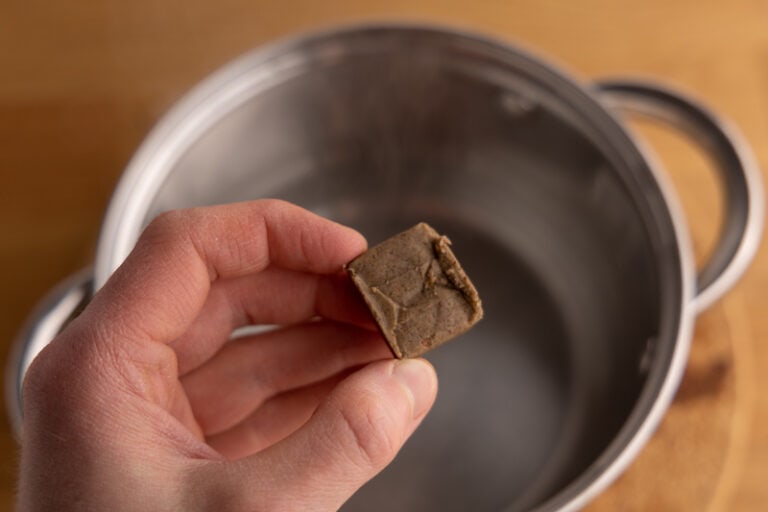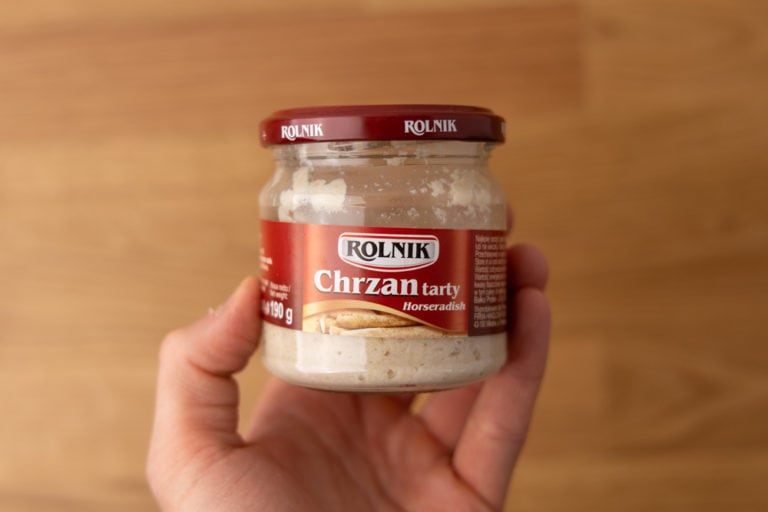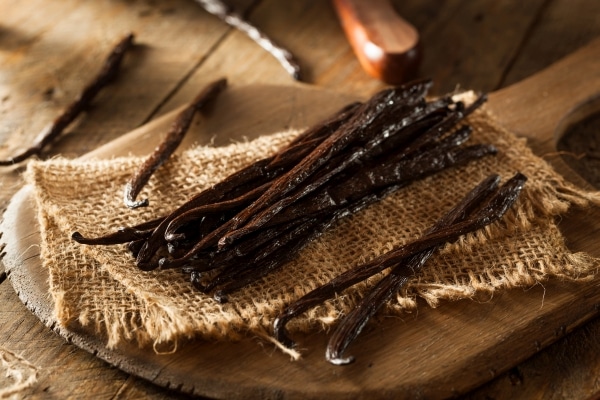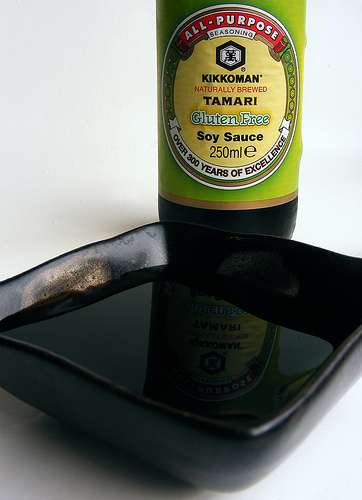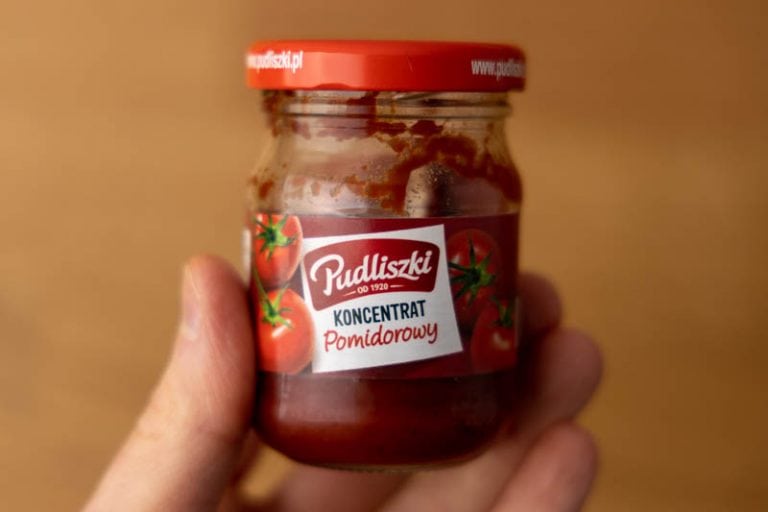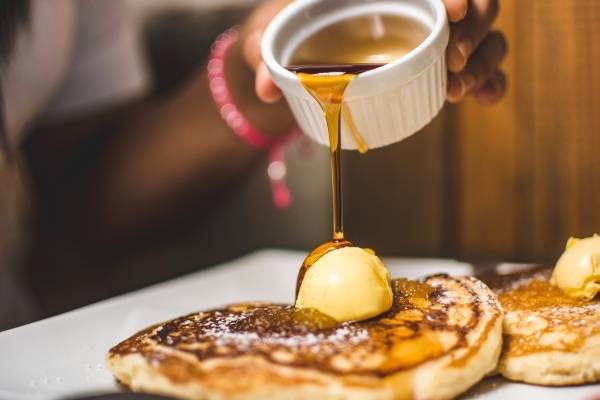Does Molasses Go Bad? How Long Does It Really Last?
Molasses is one of those sweeteners that doesn’t really go bad if you store it well, but doesn’t keep quality forever either. It keeps for months (if not years) past the printed date, but at some point, you might find its flavor not good enough to use.
Or you might decide to throw it out because you don’t feel comfortable using molasses that’s a year (or five years) past its date. That’s also an option.
If you’d like to learn more about molasses, including how to tell if yours is spoiled, how to go about the date on the label, or if you should refrigerate molasses or not, this article is for you.
Read on.
I don’t talk about sulfured and unsulfured molasses in this article because almost all store-bought molasses is unsulfured.
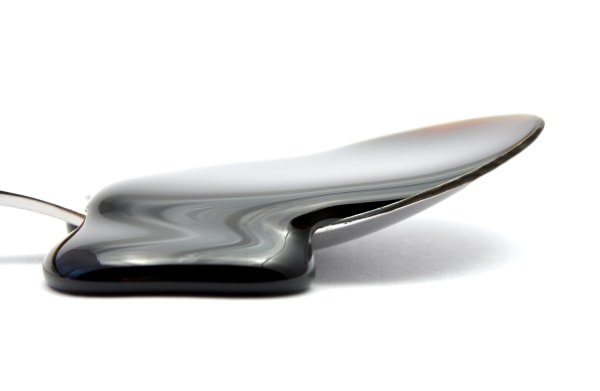
Does Molasses Go Bad?
Molasses stays safe to use for years if you store it properly. It’s loaded with sugar, and there’s not much water, which makes it difficult for any microbes to live and grow in such an environment.
It’s like corn syrup in that matter.
But that’s not to say that it cannot go bad. For example, if you leave it unsealed for a prolonged period or accidentally introduce some bacteria or fungi, it might spoil (as in grow mold).
Plus, if it sits in storage long enough, its taste will change, and you might need to discard it for quality purposes. That’s not spoilage, technically speaking, but the consequences are the same: you discard the bottle.
Now, let’s assume that you want to use your molasses, but the last time you used it was like half a year ago. So you want to make sure it’s okay to use it before you sweeten your baked goods with it or use it in gingerbread or BBQ sauce.
Let’s do that.
Signs of Spoilage
Here’s what to do when checking if your molasses is safe:
- Look for mold. If there’s mold on the surface, I suggest you discard the bottle. An alternative option would be to remove the mold if there’s only a thin layer of it and use the rest. If you’re comfortable with this solution, go ahead. I’m not. (Want to see mold on a liquid sweetener? Check out my article on the shelf life and spoilage of maple syrup.)
- Give it a good whiff. If it smells bad, like sour, “funny,” or off in any other way, get rid of it.
- Taste it. If the taste is much different from what it should be like, discard the sweetener. Please note that there are a few types of molasses, and each one has a different flavor (more on that in the next section). If you’re not sure how molasses should taste, the easiest way to fix that is to eat a bit after opening a fresh bottle.
As usual, if you’re on the fence, it’s best to ask someone else for their opinion. And if that doesn’t help, err on the side of caution and assume the molasses is spoiled.
Types of Molasses
There are three types of molasses available:
- Light molasses. It’s the sweetest and light in flavor, and relatively thin.
- Dark molasses. This variety is less sweet but stronger in flavor. It’s also denser than light molasses. The middle brother of the three, if you will.
- Blackstrap molasses. It’s the densest and least sweet of the three. It also has some bitterness to it, so it’s not a good alternative to light or dark molasses in most cases.
Knowing those differences should be helpful when you’re trying to figure out if your molasses tastes the way it should. For example, if your light molasses has some bitter notes, it’s no good.
How To Use Up Molasses
Say you bought molasses for a cake or some pancakes, or because you were curious how it tastes.
You used it once or twice, and the rest of the bottle sits in storage ever since. You don’t want to discard it, but you also don’t want it there for the next year or two.
In other words, you’re looking for a simple way of using it.
If light or dark molasses is what you have on hand, I have some good news: you can use it as a sugar replacement or make brown sugar with it.
Add 2 to 4 tablespoons of molasses per 1 cup of granulated white sugar to make brown sugar. You don’t even need to stir the ingredients together in most cases – you can mix them with other ingredients.
Depending on how much molasses you add, you’ll end up with light or dark brown sugar, or somewhere in between.
When it comes to replacing sugar with molasses, don’t go all gung-ho and replace all of it. Instead, start slowly by replacing a third or fourth of the sugar, and see how that changes the flavor.
Over time, you’ll develop a feel if replacing molasses for sugar will help the recipe or harm it (molasses doesn’t taste exactly like sugar).
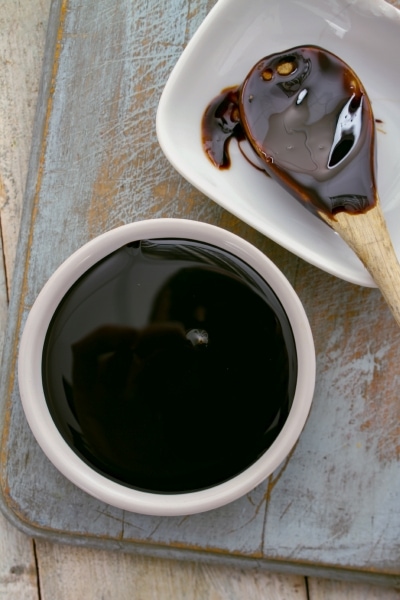
How Long Does Molasses Last?
Molasses comes with a shelf life of 1 to even 4 years and easily keeps for at least a few months past the printed date.
Once you open the bottle, it retains best quality for at least half a year but stays fine to use for much longer if you keep it sealed.
That’s the gist of it. Let’s discuss the details.
| Pantry | |
|---|---|
| Molasses (Unopened) | Best By + 1 year |
| Molasses (Opened) | 6+ months |
After Opening
There isn’t a consensus on how long molasses lasts after opening.
Some brands say you should use it before the printed date, no matter when you open it. Others recommend using it within half a year of opening the bottle.
Of course, all of those recommendations are about the quality of the sweetener. As I already mentioned, molasses doesn’t easily spoil, and it keeps for a long time if you follow good storage practices (more on that later).
In other words, if your molasses is already opened for half a year, nine months, or even a year and a half, it should be safe to use. The worst that’s likely to happen is that the flavor won’t be as good as it was when you first opened the container.
Speaking of flavor, give your molasses a taste right after opening the bottle for the first time. You’ll learn how fresh molasses tastes, and you’ll have a base to compare its flavor to in a few months to know if it’s good enough to use.
Expiration date
Some brands sell their molasses with quite a short shelf life of a year or two, while others go with an extended period of up to 4 years. That date is only a good starting point, though.
The date printed on the label is a best-by (or best-if-used-by) date and not an expiration date. In other words, it’s about food quality, not safety.
It’s the brand saying that their molasses should taste great up until that point. And that doesn’t mean the product is going to spoil soon, or the quality degrade drastically.
In fact, it’s pretty much impossible to say how long your molasses will taste good past the printed date. It might be only a couple of months, but most likely, it’s going to be more than a year.
Again, as long as the molasses is safe to use (see my guidelines earlier) and you’re comfortable using it, it should be fine.
Before using “expired” molasses, always check it for any signs of spoilage.

Does Molasses Need To Be Refrigerated? How Do You Store It?
Store molasses in a cool and dry place, like a pantry or a cupboard in the kitchen. Once you open it up, make sure it’s always sealed tightly when not in use.
You can refrigerate molasses, both unopened and opened, but that’s not a requirement.
Molasses is viscous at room temperature and even more so in the fridge (ever heard the phrase “slow as molasses in January”?). That viscosity makes refrigerated molasses super slow and difficult to pour. That makes using it inconvenient, to say the least.
Because of that, I suggest thinking twice before refrigerating your molasses.
On the bright side, refrigeration helps molasses retain quality for longer. So if you don’t mind that it pours slowly, it might be something to consider if you know yours will sit in storage for months.
To reduce the thickness of cold molasses, you can place it on the counter for a couple of hours before you need it or warm it up in a pot of warm (or hot) water. The same trick works for peanut butter and tahini.
Last, try to keep the bottle’s lip clean by wiping it with a paper towel before sealing the jar or bottle. Ideally, you’d want to do that each time you use molasses, but if life gets in the way, try doing that at least every time there’s a buildup near the lip.
Rotten Records: Share Your Snap!
Caught some food past its prime? Upload your photo to “Rotten Records” and help others spot the signs of spoilage. Every image makes our food community safer and more informed!
